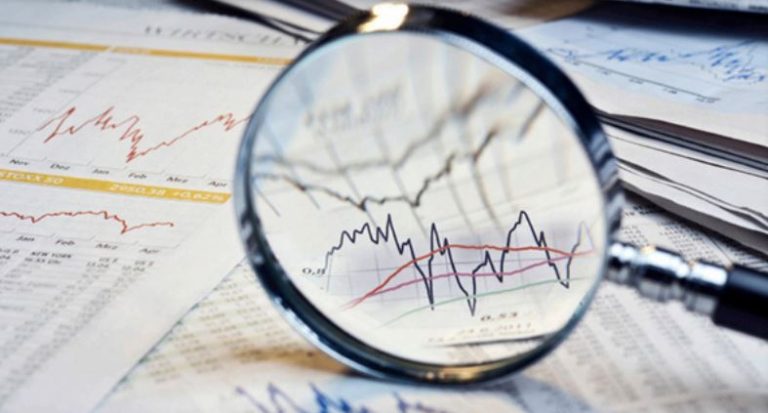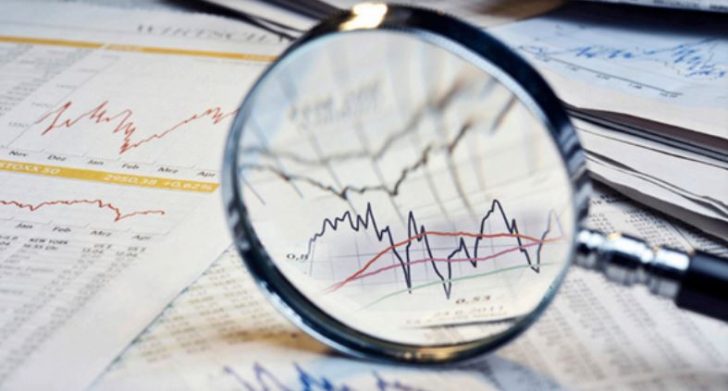Categories
How to find the best moment to trade Forex?


How does one analyse currency markets? How do you choose sensible entry and exit levels, how can someone forecast future price movements?
Coupling good risk management with good forecasting must be the aim of any speculator. This chapter shall help you to understand how a view or opinion can be formed.
Most of the traders having a long term view prefer to trade using the economic approach as described below.
The Economic Approach:
Returning back to basics, the foreign exchange markets exist because of a natural need to exchange one currency for another.
From a macro-economic viewpoint, we can say that one currency will rise against another if there are more buyers than sellers.
This is simple enough; it follows any open market’s rule where prices are decided by the current offer and demand, and generally fully applies to foreign exchange markets.
With an economic approach, one is comparing economies of two countries or economic areas in order to judge how real money flows will evolve over time.
A country’s economy that runs at a faster pace than another country will attract more investments, which in turn will increase production and exports, generating demand for that country’s currency and drive its price up, relative to the weaker economy.
An economist will rightfully measure each country’s economic activity, by looking at a big range of data such as GDP, employment levels, debt, growth and inflation ratios, interest rate levels, international trade balance and more. Thanks to all this input, the economist will be able to try and forecast developments of real money flows.
Comparing past market reaction to economic changes will allow him to estimate roughly what price shifts a future change in economic activity may cause.
The practice of economic forecasting is something the average investor will have a very hard time doing by himself. Instead, most investors will rely on economic reports done by an expert.
Many of the large banks that actively participate in the foreign exchange market will have a team of economists that publishes economic reviews and forecasts on a regular basis.
Such reviews can be found in daily, weekly or monthly formats as well as special issues highlighting events that are believed to have large potential to cause currency markets to move. A few subjects that constantly draw the attention of economists are:
Interest rate shifts
Changes in interest rate levels will almost always cause a shift in currency exposures of real money.
A country raising its interest rate level will become more attractive for outside investments and generate demand, while a country lowering its interest rate level will become less attractive and money will flow out.
GDP Growth
The GDP growth rate is used to compare economies of different countries.
An above average growth indicates that more jobs are created, salaries increase faster and that the purchasing power of the country will increase relative to another country with lower GDP growth.
The higher economic activity in this country will at least in part be financed by foreign investments, creating demand for its currency, driving up its exchange rate relative to other currencies.
Trade Deficit or Trade Surplus
An economy running a trade deficit is importing more goods than it is exporting.
When importing goods from a foreign country, one needs to exchange or sell his home currency against the foreign currency in order to pay for those goods.
The reverse is the case for an exporter, who will need to exchange the foreign currency received against his home currency in order to pay the costs to produce the exported goods at home.
We can therefore say that if a country is running a net trade deficit, its currency is sold and should decrease in value in the long-term.
In contrast a country with a trade surplus is net exporter of goods; its currency will have to be purchased.
While the macroeconomic theory can help to explain generalities and how the market is supposed to perform when changes occur, the reality is a lot more complex.
Changes in economic activity develop slowly over time and in small steps, giving financial markets plenty of time to adjust.
Take the example of the release of a yearly GDP growth rate; by the time it is officially announced, the market has had to absorb a whole string of news and reports that indicated weeks in advance that the GDP growth rate is expected to perform better or worse than the previous year.
Market psychology:
Another very important aspect not to be forgotten is what we commonly call ‘market psychology’.
As we have seen earlier, financial markets such as foreign exchange move by changes in supply and demand. Economic changes will influence supply and demand which can be witnessed by price changes.
Market participants spend a lot of time trying to forecast economic developments, we can say that they try to estimate future changes in real money flows, allowing them to forecast as early as possible whether a currency should rise or fall.
The market discounts all news events:
The moment a forecast for an economic event is changed; market participants will try to take advantage by adapting their market exposures to new expectations.
The act of shifting one’s market exposures will drive prices; this may happen well in advance of the actual official data release since individual investors will discount their expectations by taking advantage of them as quickly as possible.
In other words by the time that an economic indicator is being released, large parts of its impact have already been absorbed by the markets. Once the data is actually released, the risk of a counter-movement is fairly large:
Example:
Monthly US Industrial Productivity is believed to rise by 0.8%.
After falling 0.1% in the previous month, the data is due in a few hours. In expectation of this good result, the Dollar has traded higher all morning. Actual data release shows an increase by 0.5%.
Market reaction: The Dollar is immediately falling. Market psychology: While 0.5% is a healthy rise, it is a lot less than market expectations of 0.8% based on which the Dollar had gained value earlier in the day.
We can see that economic forecasting is far from being an exact science. In addition we must note that not all economic improvement will be beneficial to a country.
Take interest rates as an example: An increase in interest rate levels from 1% to 4% will have a completely different impact from that of a change from 5% to 8% or from 10% to 13%. A certain increase is good for a country, it will help to steer economic expansion and it will attract fresh investments from abroad.
This will drive future expansion, the currency will benefit. Hiking rates too far or too quickly may however drive inflation, choke economic expansion and send a country into recession, causing a currency to fall.











